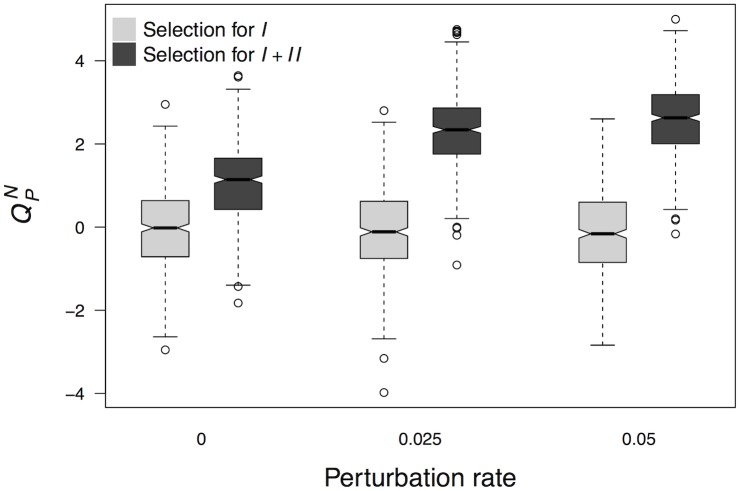Fig 5. The rate κ of perturbation of initial system states contributes to the increase in modularity due to selection for two GAPs.
The increase in modularity after selection for two target GAPs is greater when evolution occurs under higher rates of non-genetic perturbation. The selection regimes are the same as in Fig 3. In a first stage, selection favoured networks that produced target GAP I. In a second stage, networks with highest fitness were those that produced GAPs I and II from different initial system states (Fig 3A). refers to a partition P that assigns the first five genes to one set and the rest of the genes to another.

